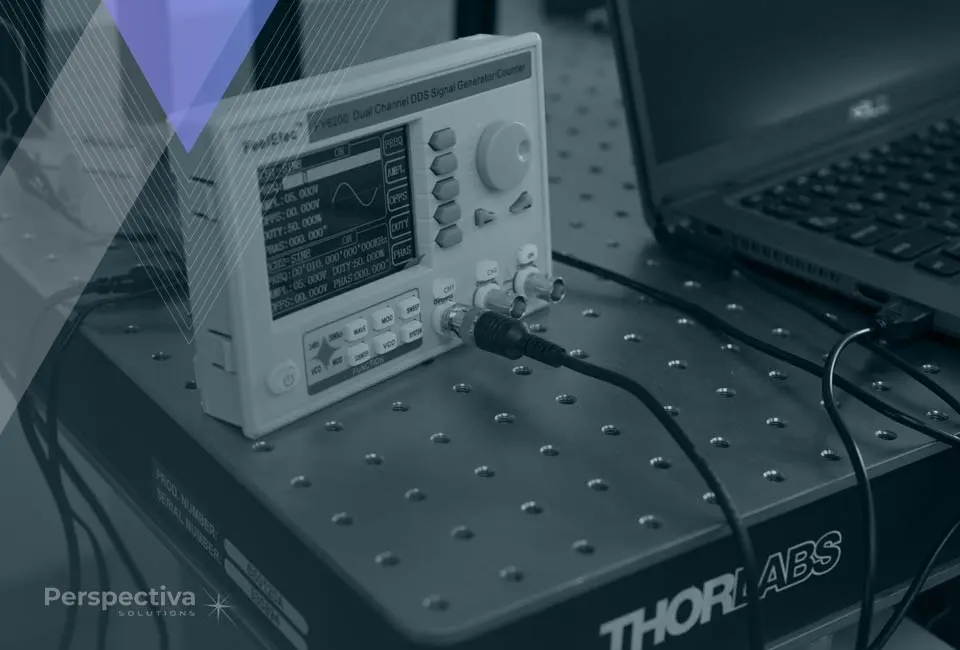We are ambitious and ready for challenges! Hire Us
THT assembly
- Home
- THT assembly

// Do you want to contract electronics soldering?
Electronics soldering - THT assembly
If you need through-hole THT assembly, electronics assembly including soldering of small electronic components on precise industrial equipment – contact us!
Our company provides the highest quality services in the field of THT assembly, both in small and medium-sized batches of contract production. We have experience in soldering electronics for industrial automation. We use the best materials available on the market to meet the requirements of your project. Use the contact form to get a quote. The service is fast and at a competitive price level.
Let us know the timelines of your project and the quantity of the order!
// Have you designed an electronic system and want to outsource THT assembly?
We provide THT assembly according to your design
THT assembly is a method that has its limitations – mainly due to the fact that the components must be placed exactly in the right place on the board, and precise soldering of each element is time-consuming. Time is often the determining factor in business success. The decision whether own production is more profitable or whether it is worth betting on contract production may turn out to be crucial for business scaling.
Choose to outsource your production and outsource THT assembly in an experienced company!
Outsourcing is an opportunity for much faster production. We carry out the entire THT assembly order in a short time and with guaranteed quality.
// Full control of the assembly of electronics components
We carry out quality control at every stage of THT assembly
Mounting THT on a PCB is a seemingly simple process consisting in placing electronic components on a printed circuit board. However, it is one of the most important stages in the production of electronic devices because it is responsible for the performance and reliability of the final product. In order to ensure the high quality of the assembly, it is necessary to carefully control each stage of the production process.
We provide quality control of THT assembly at every stage. We verify the selected components at the stage of analysis of the submitted project, such as resistors, capacitors and transformers. Each production batch is carefully checked to eliminate short circuits in electronic systems and to diagnose open circuits that may occur during the THT assembly process.

Choose professionalism and quality contract electronics manufacturing
// Are you interested in THT assembly?
Are you looking for a contractor for soldering electronics?
// THT assembly support centerOur Technical Support Team
Our Technical Support Team
will Always Assist You ASAP
01
Our support team offers technical support for partners. Let us know about your ideas and timelines. Your business project will grow up your with us.
ASK ABOUT SUPPORT
01
For Partners

02
Our support team offers technical support for customers. Let us know about your ideas and timelines. Your business project will grow up your with us.
ASK ABOUT SUPPORT
02
For Customers

03
Our support team offers technical support for startups. Let us know about your ideas and timelines. Your business project will grow up your with us.
ASK ABOUT SUPPORT
03
For Startups

// Knowledge base about THT assemblyRead on for common questions
Read on for common questions
o about electronics soldering and THT assembly
How much does the THT assembly quote cost?
We provide the valuation of THT assembly free of charge. To receive a quote, please contact our BOK via the contact form available in the contact tab.
What is THT assembly?
THT (Through-Hole Technology) assembly is a printed circuit board production technique by mounting appropriate electronic components on a PCB. Through-hole assembly has been used since the 1950s and is performed in accordance with the standards of the international IPC standard. THT assembly is still popular due to its versatility and the ability to easily modify connections by twisted or soldered electronic components.
How to make THT assembly?
The execution of through-hole assembly is performed manually or semi-automatically. Serial soldering takes place on a solder wave, where the PCBs covered with components are moved over the surface of the liquid solder. Manual through-hole assembly is not complicated, but requires some practice. Prepare the elements that you want to put in the holes on the PCB. We put the elements into the assembly device, and then put the soldering iron (setting the appropriate temperature range) to the edge of the element and solder. After brazing is complete, clean the brazing field and then arc it to prevent cold brazing.
What flux for THT soldering?
Common rosin with isopropanol is usually used as a flux for THT and SMD soldering. However, there are more and more dedicated fluxes from various manufacturers on the market.
What is the difference between THT assembly and SMT assembly?
THT assembly is a soldering method in which components are placed on a printed circuit board and soldered to the board using solder threads. SMT assembly is a method in which components are placed on a printed circuit board and connected directly to it with solder tracks through a lead-free adhesive.
What is the optimal ambient temperature for the operation of electronic systems?
The operating environment of the electronics may vary, but the most optimal ambient temperature for proper operation is approximately between 20-25 °C.
What is the soldering process?
Brazing is the process of joining two metals using a special metal alloy that melts at a temperature lower than the melting point of the metals being brazed. Soldering can be done with a soldering iron or solder paste.
What to solder electronics?
Electronics are soldered with a special type of filler that is resistant to high temperatures and is usually lead-free tin. Brazing involves joining two components together by applying a binder and heating it to a very high temperature. Precise soldering of electronics is very important as it allows the components to be tightly joined together in a way that is durable and durable. Electronics can be soldered by yourself or by specialists.
Correct temperature for soldering electronics
Are you wondering what the temperature of soldering electronics should be? It is worth knowing that popular soldering irons available in the market have powers from 25W -50W, which is enough for soldering popular elements. They offer a temperature of around 300 ° C-350 ° C, which is usually enough for the most common applications. Advanced soldering stations available on the market offer temperature control and thus the soldering temperature can be precisely set. For electronics soldering, including, for example, THT assembly, much lower temperatures are used, usually not exceeding 250 ° C.
Electronics soldering steps
At-home soldering is also possible.
1. For soldering electronics you need:
- soldering irons;
- binders;
- flux (solder paste or rosin);
- sandpaper.
2. Clean the parts to be soldered. Use sandpaper to remove the protective layer from the surface of the parts. Then use the flux to dissolve any remaining debris.
3. Prepare the soldering iron. Heat the soldering iron head until it becomes hot. Then we put the soldering iron to the element that we want to solder.
4. Add metal alloy for joining. Metal alloy is the substance that connects components when soldering. You can add it with a soldering iron or solder paste.
5. Heat the parts until the metal alloy melts and connects the parts.
6. Remove any excess metal alloy and cool connected parts.
7. After brazing is complete, clean the brazing field and then arc it to prevent cold brazing.
8. Check the connection to make sure it is tight and durable
Protective coatings to protect the electronics
It rarely happens that electronics work in an optimal working environment. Therefore, to increase the resistance of electronics to unfavorable working conditions, the application of protective coatings is used. In our company, we use THT assembly, which means soldering electronic circuits to a PCB.
Often, the specification from the customer includes the operating conditions of the system and recommendations for the use of dedicated protective coatings. The most popular coatings protecting electronics include: electro-insulating varnishes (insulation and protection against moisture), resins (insulation and protection against moisture), as well as silicones (component hardening).
// Let us know the timelines of your project and the quantity of the order.
NEED TECHNICAL SUPPORT?
Feel free to send us your design files.